
Table of Contents
What is skiing anyway?
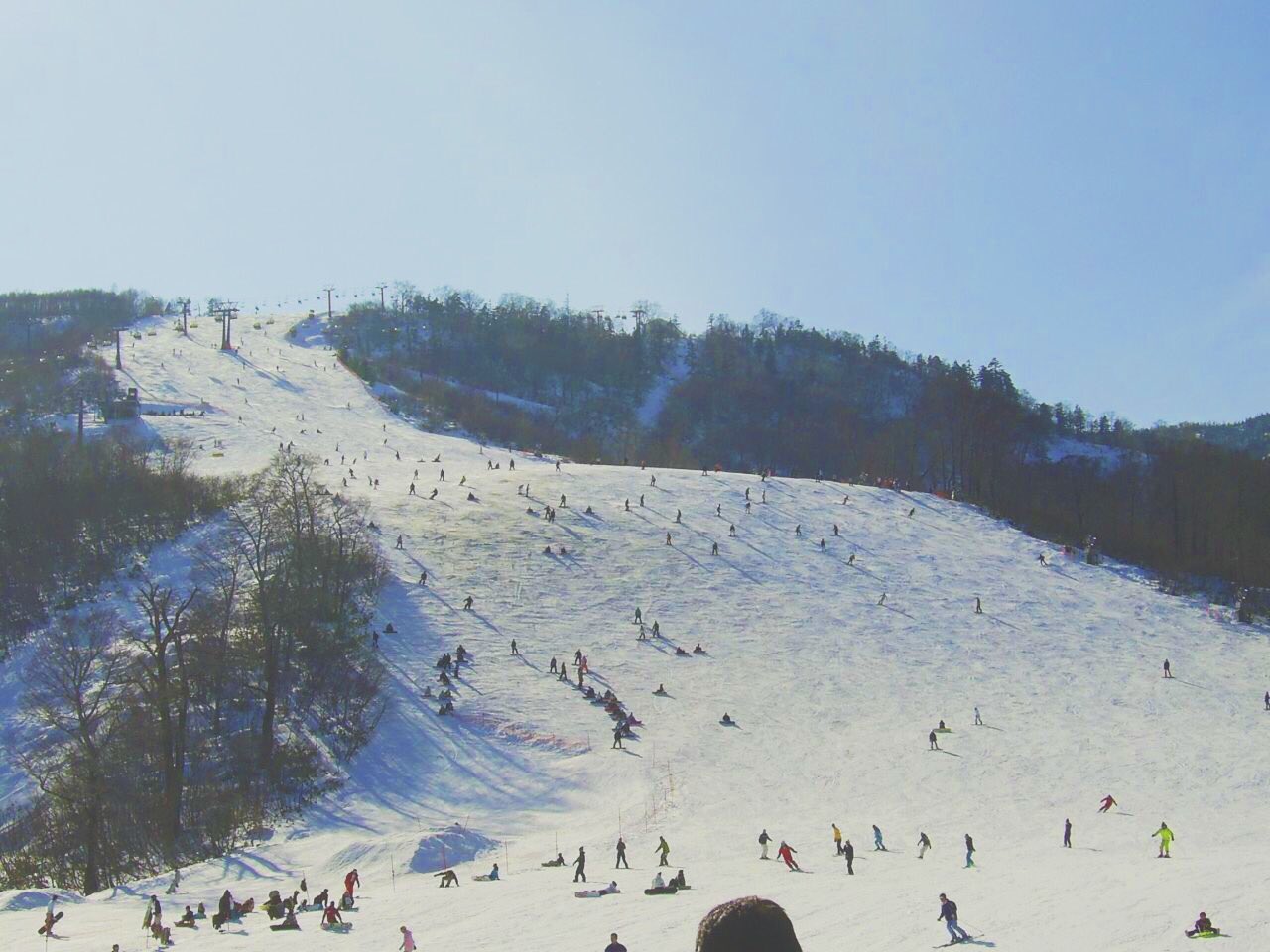
Reference: https://twitter.com/Liverta_Pahallo/media?lang=ja
Skiing is a sporting competition where you glide along the snow with "skis" attached to both feet. It was born in the middle of the 19th century, and is said to have originally been developed by hunters as a means of traversing the snowy mountains.
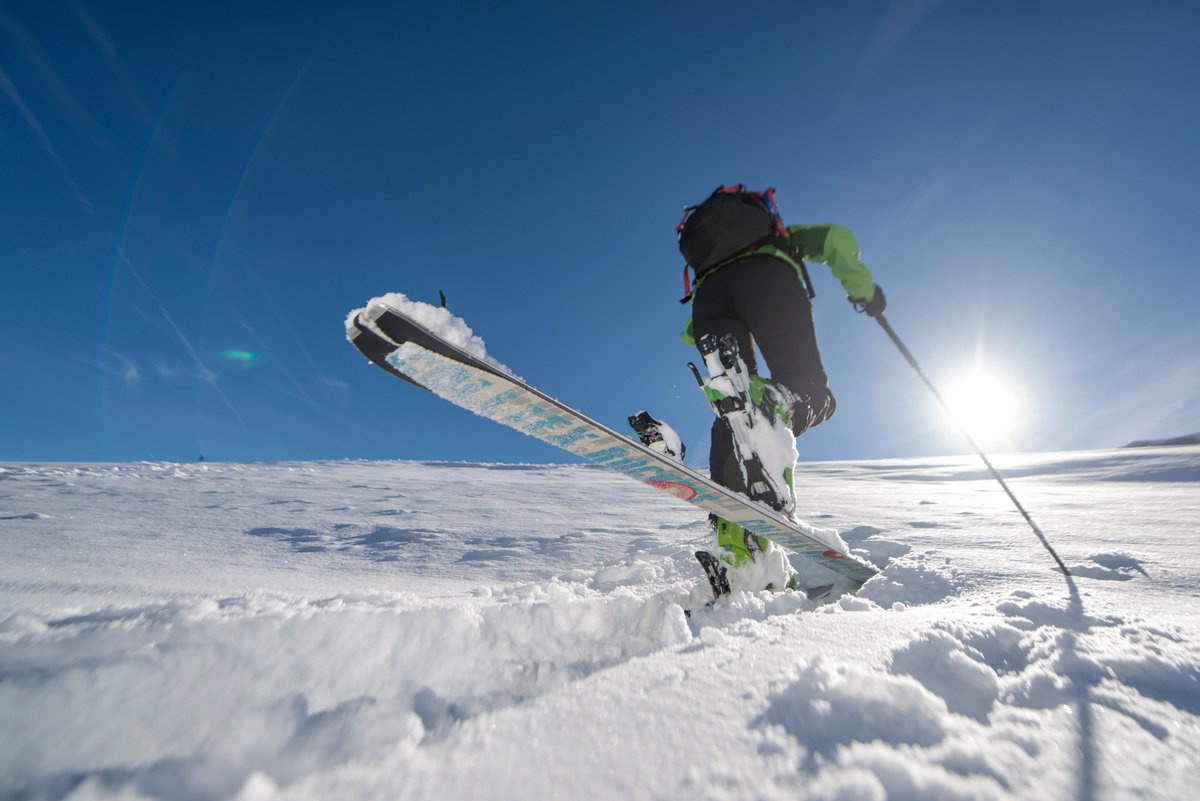
Reference: https://twitter.com/ISGwhite/media?lang=ja
It then went on to spread as a sport combined with archery, mainly in Norway, and today it is gaining popularity as a winter sport.
Information on the skiing population and skiing today
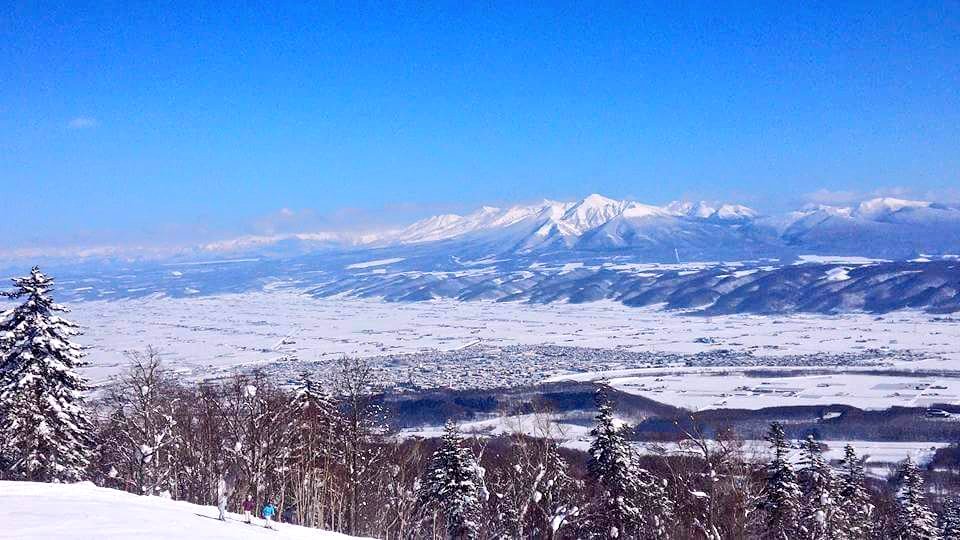
Reference: https://twitter.com/tm_hirasawa/status/917391627240456192
In recent years, skiing has been becoming highly popular in the Asian region: in 2015, ski tour participants from Taiwan exceeded the record high of 10,000 during the December-March season. Following this trend, Taiwanese coaches have been stationed at the "Nukabira Gensenkyo Ski Area" in Hokkaido.
As it is easy to receive lessons in Chinese and Taiwanese, you can ski with peace of mind, without the stress of not being able to communicate. "Furano Ski Resort", too, has actively taken measures to welcome Taiwanese tourists, with Chinese-speaking staff and plans that combine skiing with onsen visits.
This is all you need for peace of mind! Equipment that beginner skiers should have
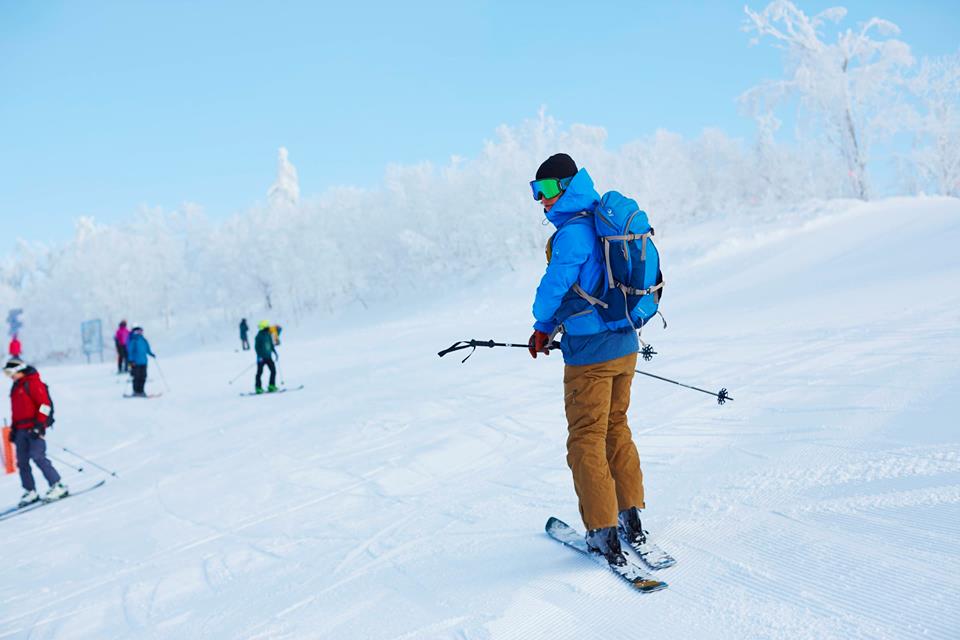
Reference: https://twitter.com/ISGwhite/media?lang=ja
When you think to yourself, "It's time to learn to ski!", you start worrying about preparing the necessary equipment. Here, we will introduce all the gear you need. If you read this beforehand, you won’t arrive unprepared!
Skis
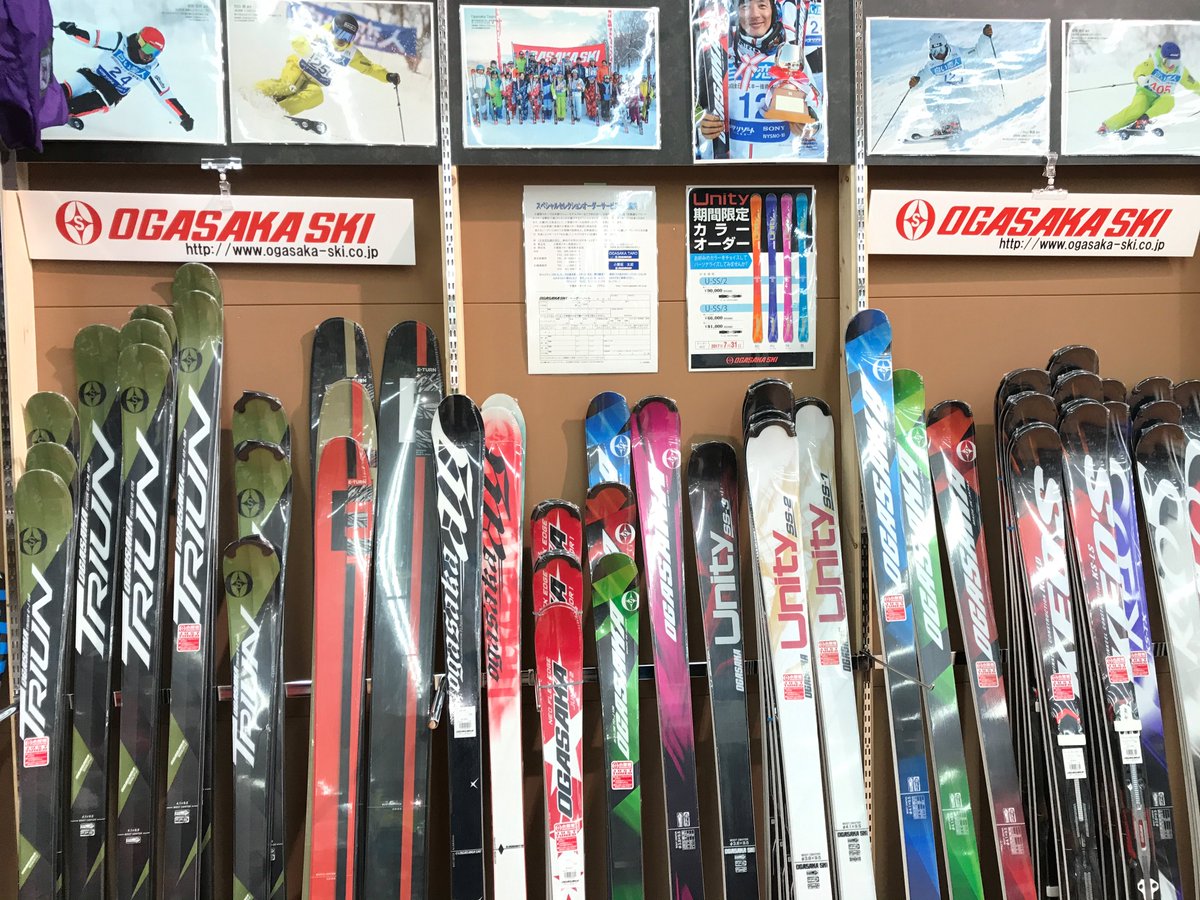
Reference: https://twitter.com/ISGwhite/media?lang=ja
Skis can be rented at the ski resort. (They’re usually available for around 3,500 yen to 5,000 yen.) Ski poles and ski boots are also included in the set, so you can show up without any gear at all. In addition, the staff will search for and bring you the skis that are most suitable for you, so you don’t have to worry about choosing them by yourself.
If you start getting into skiing and find yourself thinking "I'll go again next year!", you may want to consider buying your own skis. Prices run the full gamut, with cheap skis starting from 40,000 yen and expensive ones costing close to 100,000 yen, so please choose a set according to your budget.
Ski poles
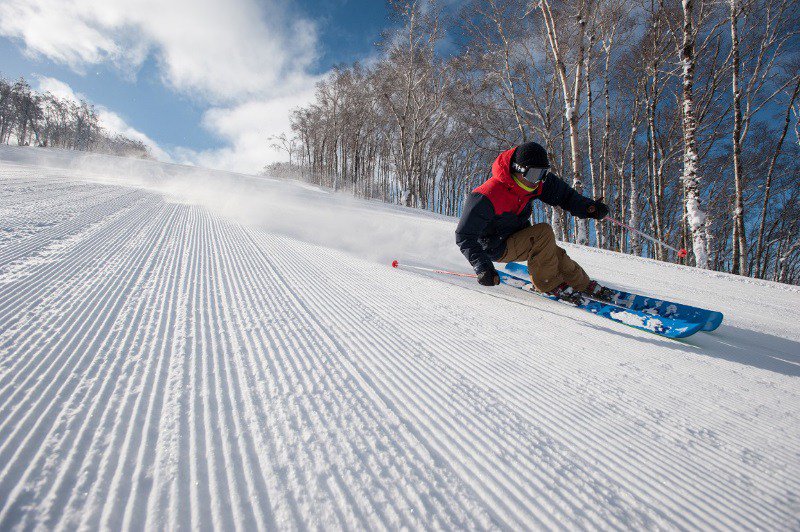
Reference: https://twitter.com/JTB_sports/media?lang=ja
These are like sticks that you use to help maintain your balance and control your speed when skiing. As skis are long, there is a possibility that you might lose your balance and fall - such as when turning - if you do not have ski poles. Also, as your balance is not stable when starting off, it is very useful to use the poles as a substitute for a cane to support yourself.
Ski boots
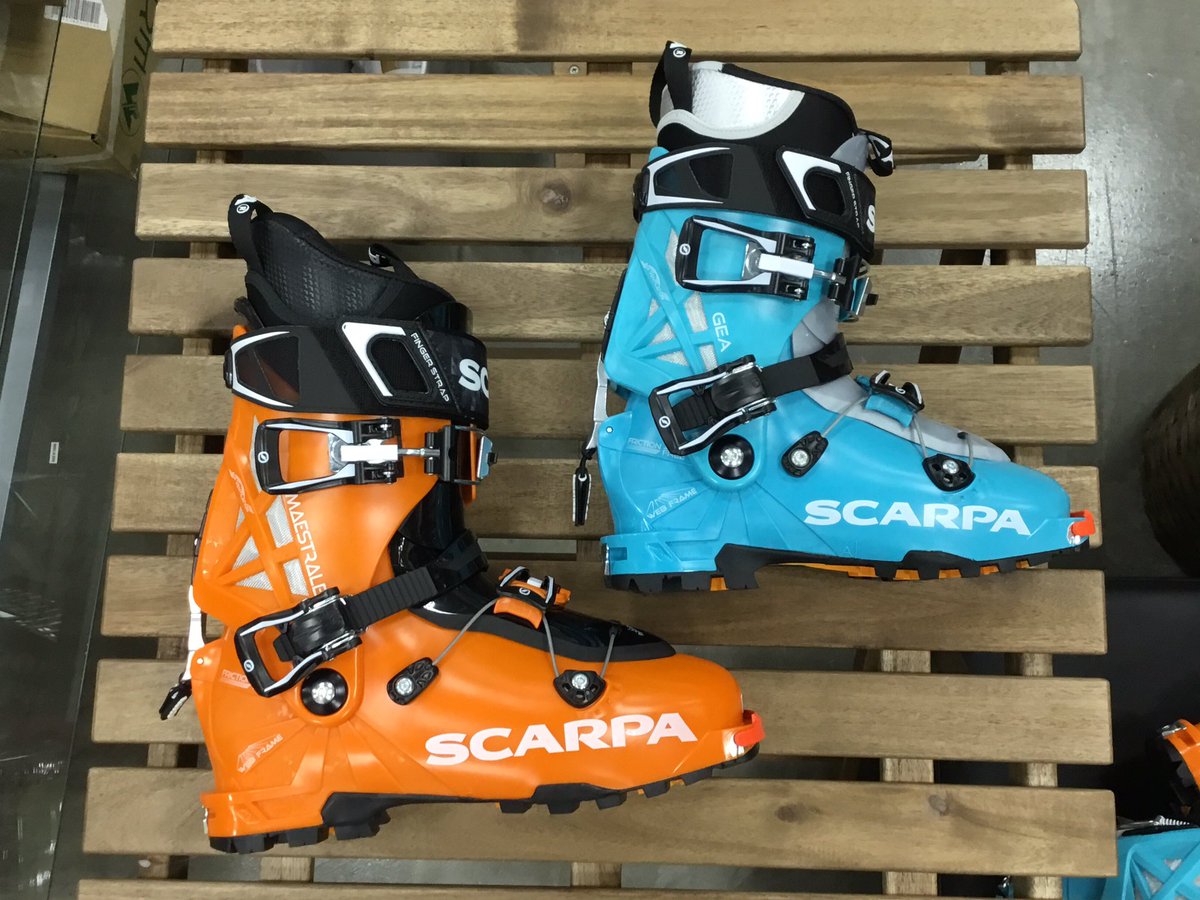
Reference: https://twitter.com/ISGwhite/media?lang=ja
Ski boots are dedicated boots used to attach skis to your feet. The entire boot is covered with a hardened plastic shell, and the ankle area is fixed firmly. Beginners who are not accustomed to snow may find it difficult to walk, so boots with a soft shell that are easy to put on and take off are recommended. Just like the shoes you wear all the time, you should choose a pair that you can walk and crouch in with sufficient toe room.
Ski wear
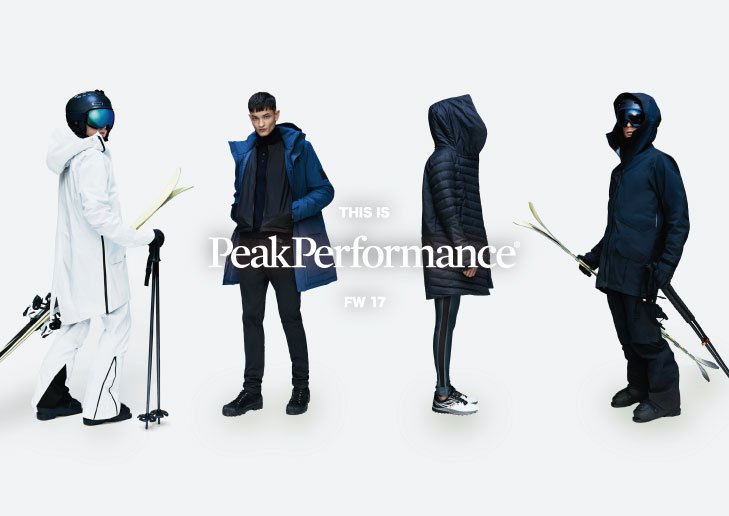
Reference: https://twitter.com/ISGwhite/media?lang=ja
No matter who you are, the sight of someone zooming down the ski slope, dressed in stylish ski wear, looks incredibly cool. So much that, in Japan, the term "ski slope magic" is used to describe how it makes the opposite sex look more attractive than usual. Recently there are many ski resorts that put an emphasis on ski wear, so how about putting a fashionable spin on your ski trip? Incidentally, when you buy ski wear in Japan, prices range from between 10,000 yen at the cheap end to as much as 30,000 yen.
Knit cap
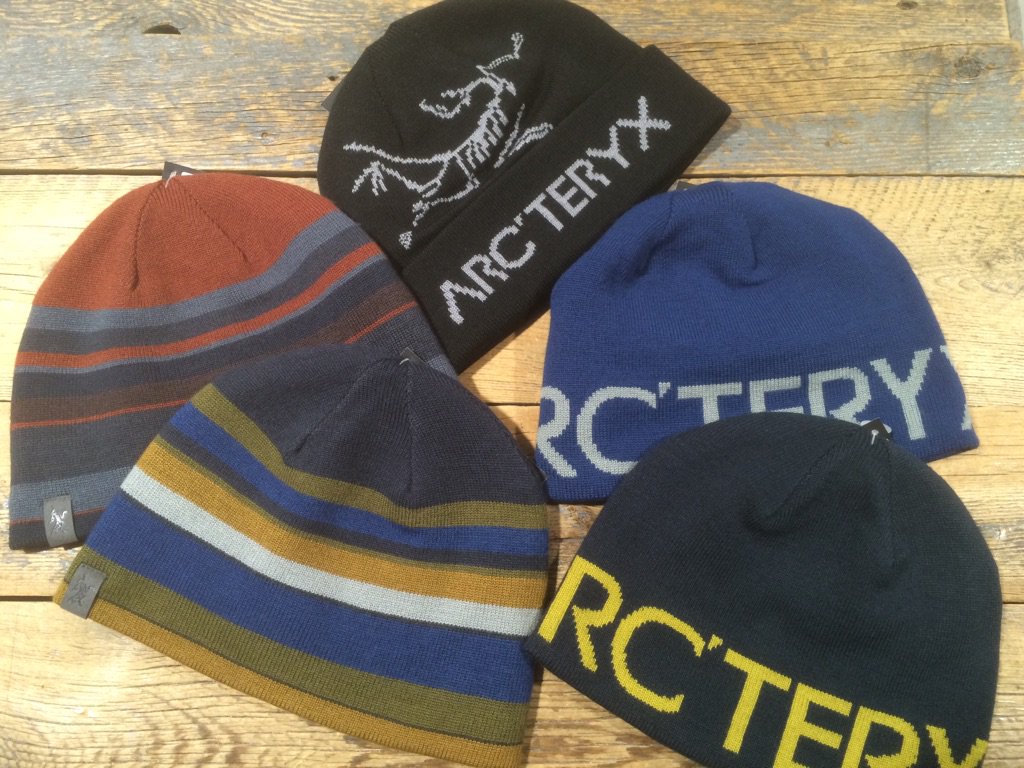
Reference: https://twitter.com/ISGgreen/media
You might be thinking, "I already have a knit cap I use all the time, so I can just use that" - but the caps you usually wear and the ones used for skiing are completely different. The most important difference is the warmth you feel the moment you put it on - as many knit caps for skiing use woolen materials with high thermal insulation properties, they keep body temperature constant by trapping heat close to the body.
Also, as skiing is a sport with a lot of contact and falls, it will also protect your head properly if you bump into another person or slip and hit your head. Depending on the ski resort, there are cases where knit cap rental is not available, so be sure to check the resort's website beforehand.
Goggles
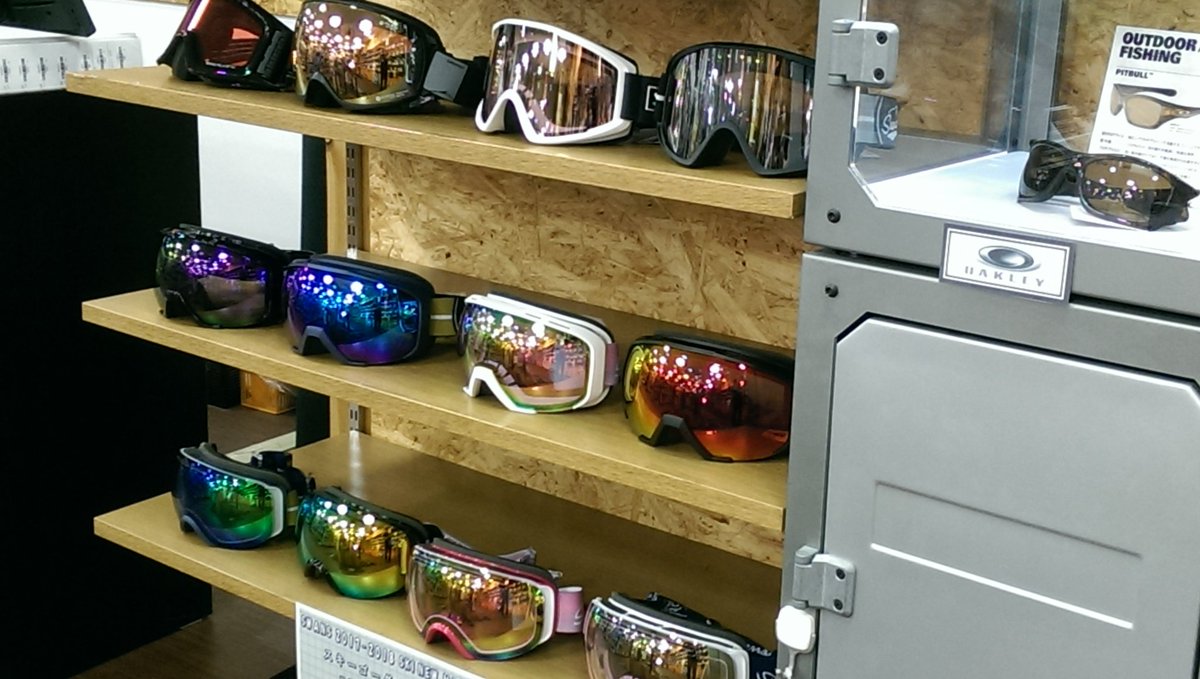
Reference: https://twitter.com/ISGwhite/media?lang=ja
When you watch a skiing competition, all the skiers are wearing goggles, aren't they? This is to reduce the glare of the sunlight reflected off the snow and protect your eyes from UV rays. If you underestimate their importance and think you don't need to wear them, you run the risk of developing symptoms known as snow blindness.
This is caused by your eyes being damaged by the ultraviolet rays. Symptoms may include bleary eyes or eyes that are so painful that you cannot open them. In serious cases, you may still feel tired even after sleeping, and your body may feel fatigued. You can rent a pair of goggles at ski resorts cheaply from around 500 yen (per day), so be sure to wear them and ski safe!
Gloves
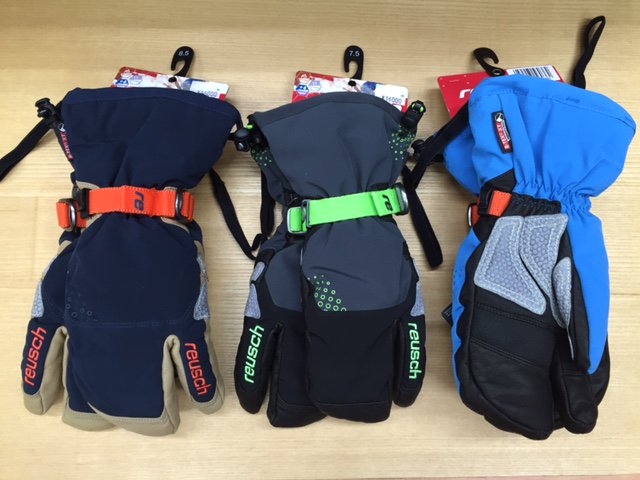
Reference: https://twitter.com/ISGwhite/media?lang=ja
During peak ski season, which usually arrives in midwinter from January and February, the temperature drops to nearly minus 10 degrees Celsius. If you are outside for a long time your body will start to get colder, starting from your fingertips - so wearing gloves is the safest option. Not to mention, you could fall over and your fingers could get cut by another person's skis, so wearing them to prevent injury is also a good idea. Up to now, few ski resorts offered rental of individual pairs of gloves, but in the last few years an increasing number of resorts now let you rent them, from 1,000 yen for adults and 500 yen for children.
Thermal underwear
As the winter in Japan is very cold, wearing warm HEATTECH underwear is recommended. It fits snugly onto the body and traps heat, retaining a longer lasting heat-retaining effect.
What beginner skiers should bring with them
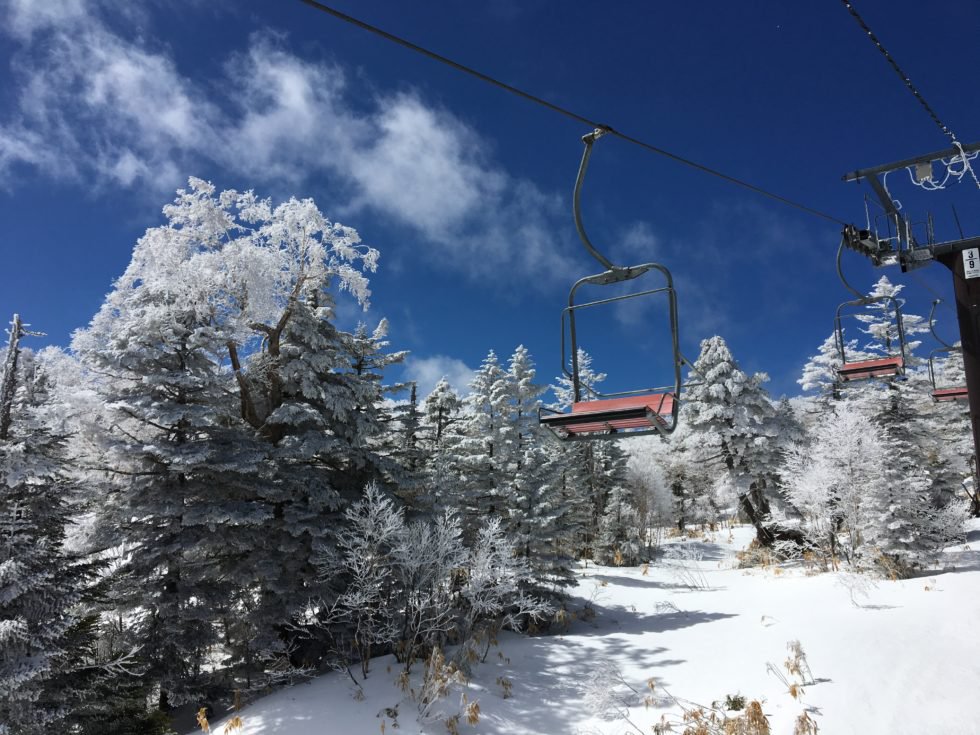
Reference: https://twitter.com/snowayjp/media
Here we introduce the bare-minimum items beginner skiers should take with them when going to ski. Use this article as a reference when you are planning to go on a ski trip, and ensure you don’t forget any crucial equipment.
Adhesive body warmers

Free clip art: Irasutoya
As ski slopes are created from mountain inclines, the temperature goes down the further you go up. Therefore, if you stay outside for long periods, your core body temperature will drop and you could catch a cold. Adhesive body warmers can be stuck directly onto your clothing, letting you feel the warmth directly.
Neck warmer
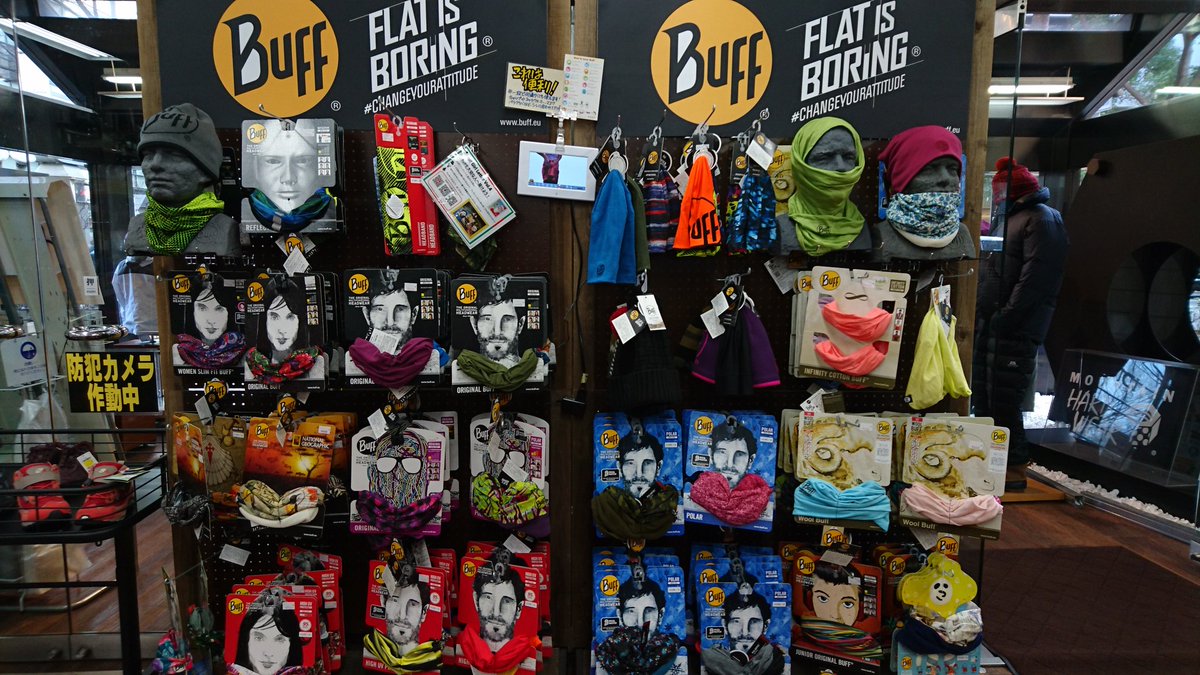
Reference: https://twitter.com/ISGwhite?lang=ja
Even if you keep your ski wear tightly fastened up, you body will get cold as the wind gets in through the gaps. Neck warmers are effective not only in preventing chills but also in protecting against sunburn caused by the reflected sunlight, so they are a good thing to have. They’re made of fleece material and are particularly recommended because they’re light, eliminating the concern of developing a stiff neck and shoulders. They’re warm and durable, and priced in the 2,000 to 3,000 yen range - unbeatable value!
Pocket tissues

Free clip art: Irasutoya
Tissues are good to have as they are useful for things such as wiping your goggles when they get fogged up, blowing your nose, and wiping any dirt off your ski wear.
Sunscreen

Sun protection measures are essential on snowy mountains with strong reflected sunlight! Because mountains are at high altitudes, it is possible for you to get sunburned, either by direct sunlight or rays reflected off the snow. This is known as snow burn, and it can make your skin red and dry, so don’t forget to wear sunscreen. Even on cloudy days the ultraviolet rays can be surprisingly strong - not to mention sweating can make sunscreen wear off more easily - so frequent re-application is a necessity.
How to ski for beginners!
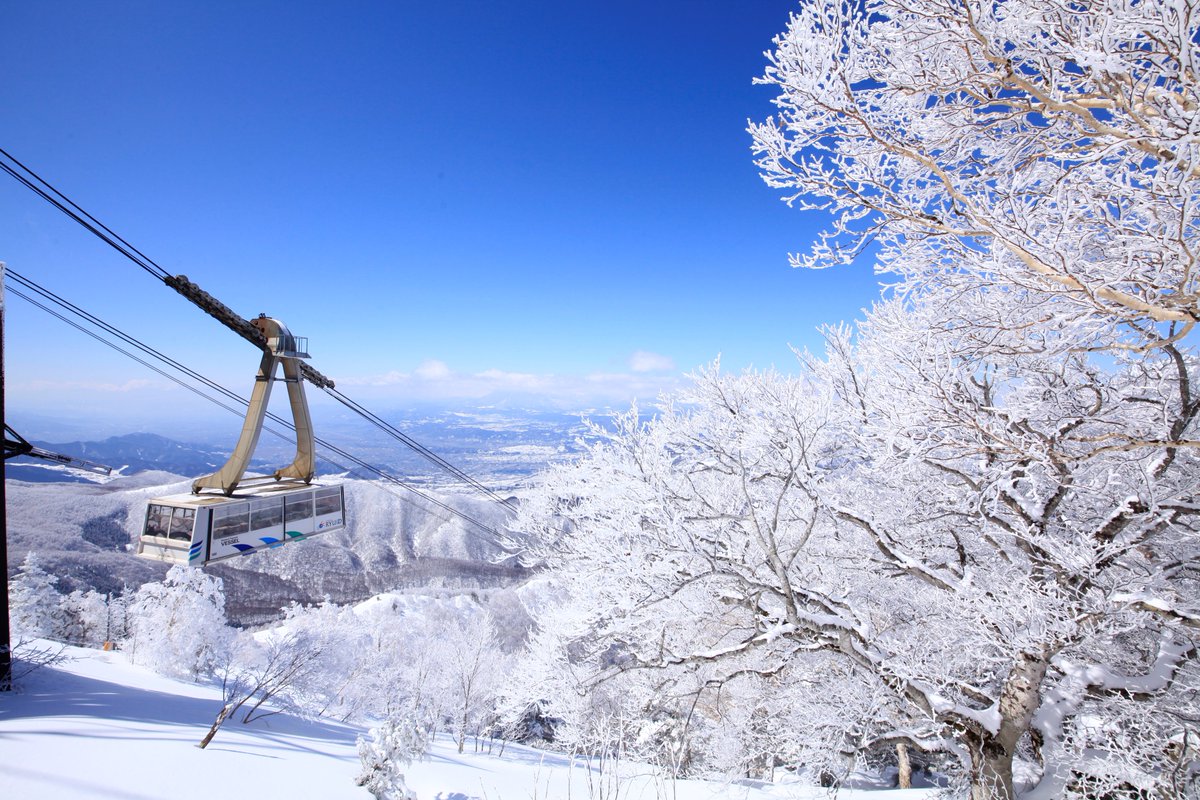
Reference: https://twitter.com/search?q=%E3%82%B9%E3%82%AD%E3%83%BC%E5%A0%B4&src=typd&lang=ja
Once you have all the gear and other things to take with you, it’s time to head to the slopes and start skiing! It’s dangerous for beginners to suddenly try skiing from the top of the slope, so you should start off on a flat area or a course with a gentle slope. You may feel a little unsatisfied as you see other skiers gliding smoothly on the snow out of the corner of your eye, but starting out on an easy course is the key to improving quickly.
Skiing is a sport that uses a lot of different muscles all over the body, so warming up is essential. Pay special heed to stretching your hips and quads. If you start skiing suddenly without a warm-up,you’ll get muscle stiffness and painful muscle soreness.
Learning how to fall
Beginner skiers are no doubt fearful of falling over and getting injured. However, if you master the correct way of falling, you can minimize the risk of injury even if you take a tumble.
The key point is being sure to fall over sideways. When you watch the Olympics or sports programs, you sometimes see scenes of people falling forwards or landing on their behinds. This is very dangerous, however, because depending on what part of the body you land on you might break a bone. The technique of falling sideways helps prevent injuries because it reduces impact on the body.
When you get up
With your body facing sideways, get up using your knees. The key is to bring the tips of the skis together before standing up. If you try to get up without doing this, your center of gravity will be off and you will fall back on your behind. As snow is surprisingly hard and can also cause back injury, do not be impatient, and instead try to get up slowly.
How to ski
The simplest technique is the "snowplough turn", where you ski with your feet turned inwards. The key is to bend your knees and lower your body so that your center of gravity is slightly back. If you bend forward, you will speed up, and when you straighten up, you will slow down.
How to stop
If you turn your feet inwards, the speed will ease off and the brakes will be applied. The key is to keep the skis about 1.5 to 2 fist-widths apart. If your feet are turned too far inwards, the left and right skis will overlap, causing you to lose your balance and fall.
How to turn
When turning, just put your weight on the opposite ski to the direction you want to turn. For example, if you want to turn to the right, put your weight on your left foot, and if you want to turn to the left, put your weight on your right foot.
There are also lessons recommended for beginner skiers
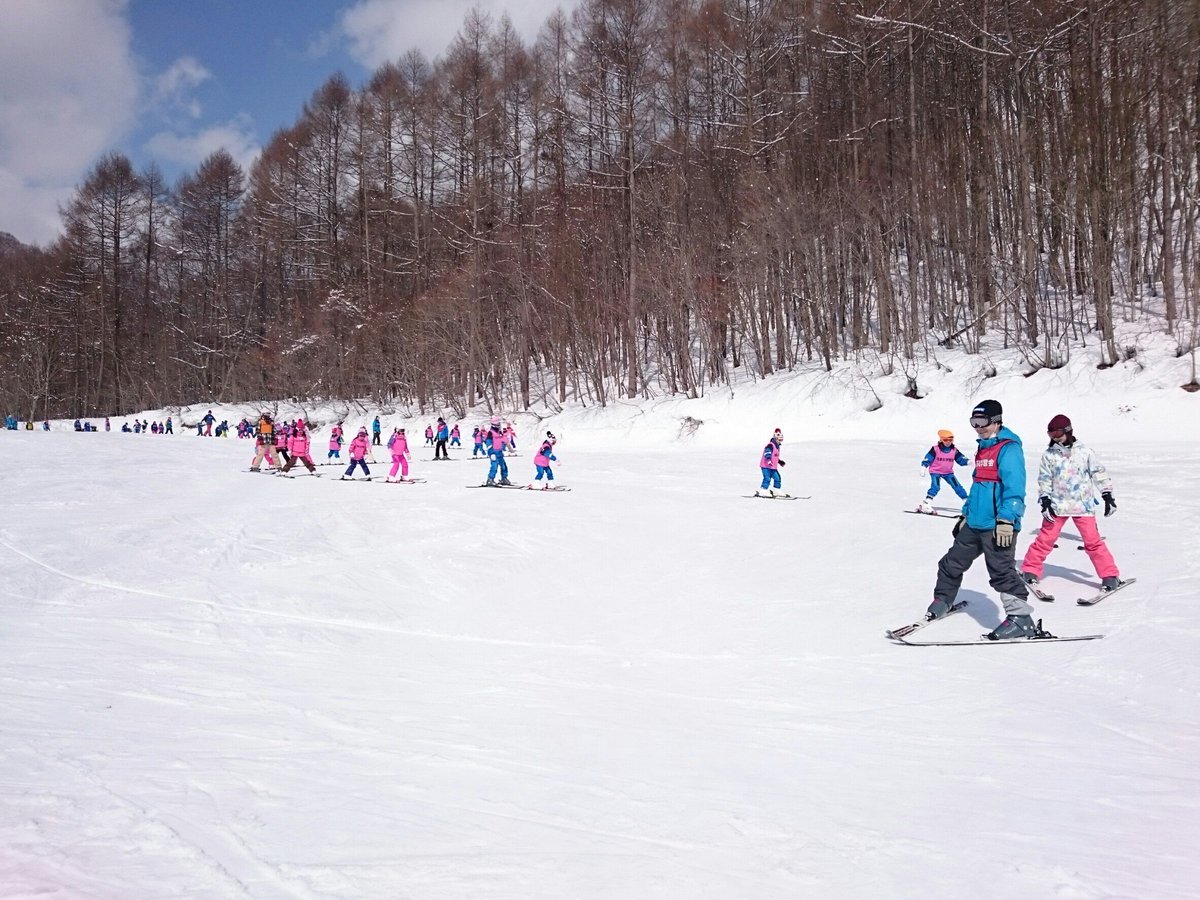
Reference: https://twitter.com/hanamarugroup/status/848709214038097920
Ski resorts also have lesson plans for beginners. The cost will vary depending on the location, but a half-day course is usually 3,000 to 4,000 yen, and a 1-day course is around 5,000 yen. Lessons run for about 60 to 90 minutes for a half-day-course, and for the one-day course, the lesson is split into morning and afternoon sessions with a total lesson time of 4 to 5 hours.
In these beginner lessons, you can receive an intensive lecture covering such things as how to fall and how to turn - so by the time the lesson is over, you should be able to start skiing effortlessly. Another great thing is that you can choose from private, family and group lessons. Be sure to check out the website of the ski slope beforehand.
Summary
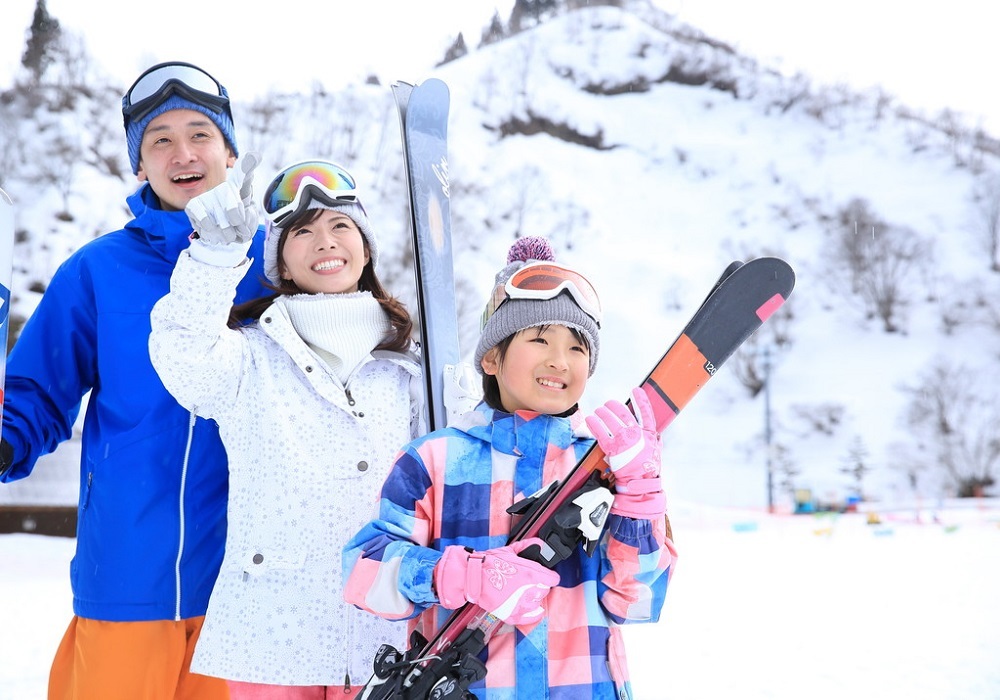
That about wraps it up for our rundown of essential knowledge for beginner skiers. So far, we have introduced useful gear and other items, as well as some recommended ski slope courses. Since popularity amongst Taiwanese tourists has increased, there has also been an increase in ski resorts that are putting more effort into making gear rental readily available, so you can relax and enjoy yourself even if you come empty-handed. There are also plenty of ski resorts offering free lessons for beginners, so this winter, come and enjoy skiing in Japan and make some wonderful memories!
Pricing information and schedule may not be up to date and are subject to change without notice. Please check before your trip.
Related ski resorts
Furano Ski Resort Hokkaido Prefecture
| Courses | 28 |
| Lifts | 0 |
| Longest run distance | 4,000 m |
| Maximum gradient | 34 ° |
Lift ticket
AUD 73.94〜 (JPY 7,500〜)




